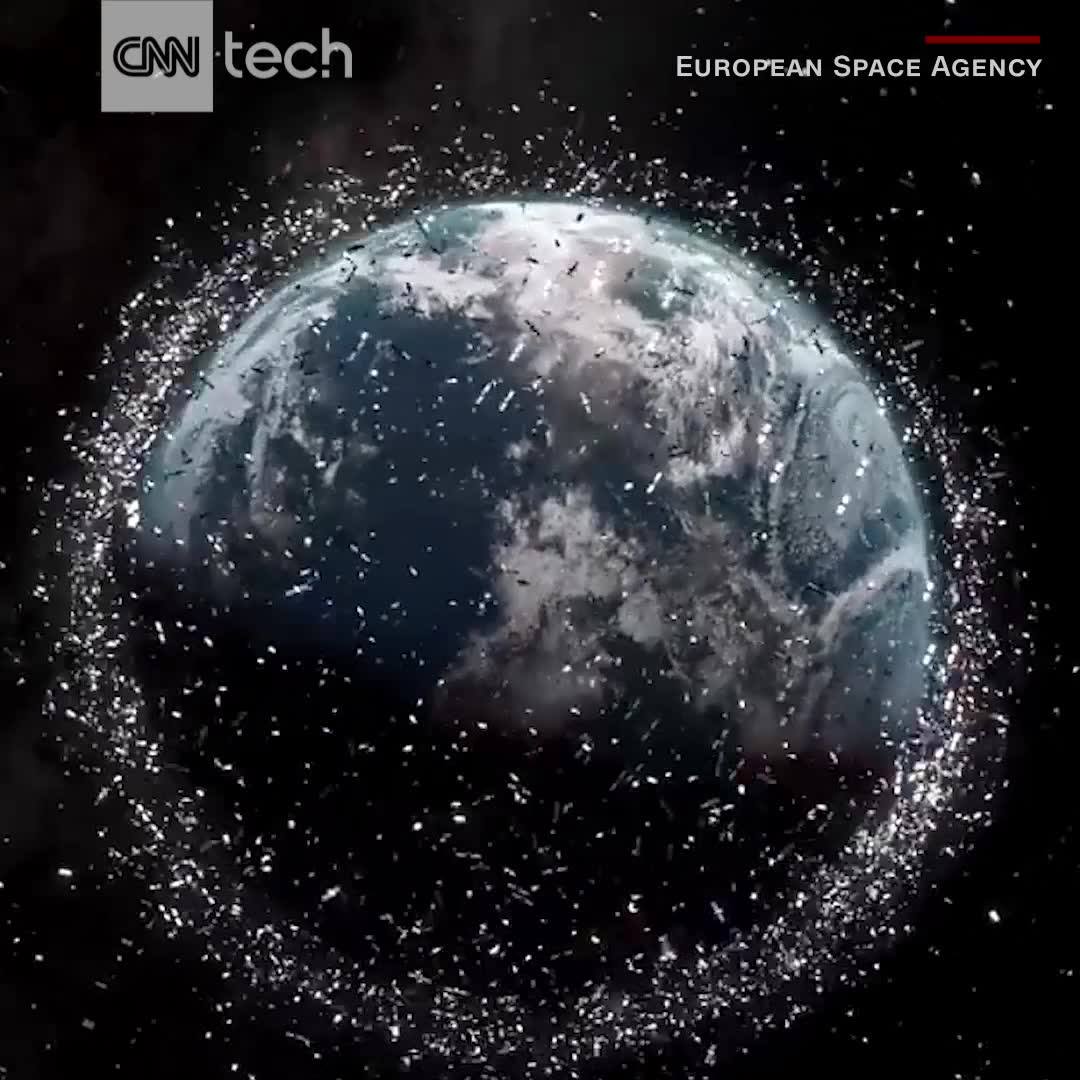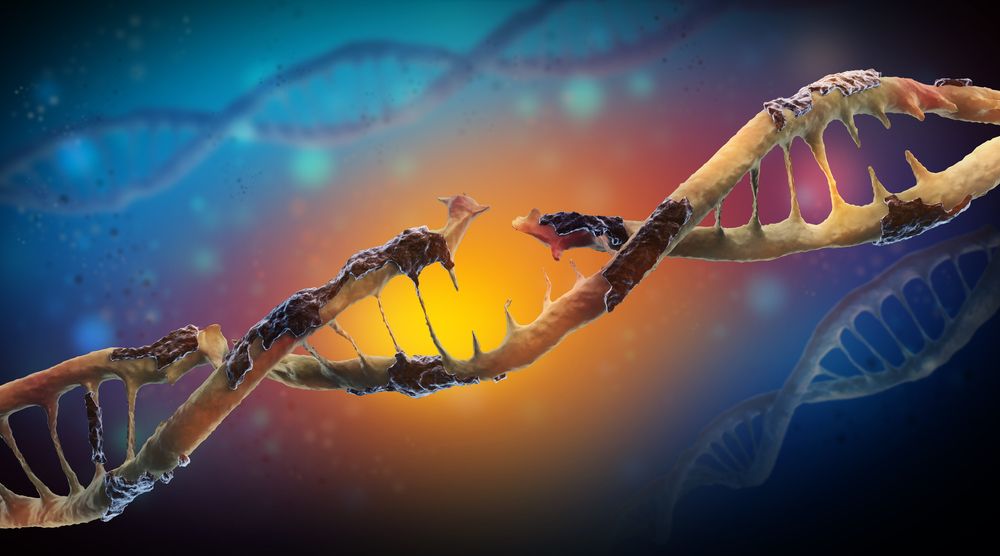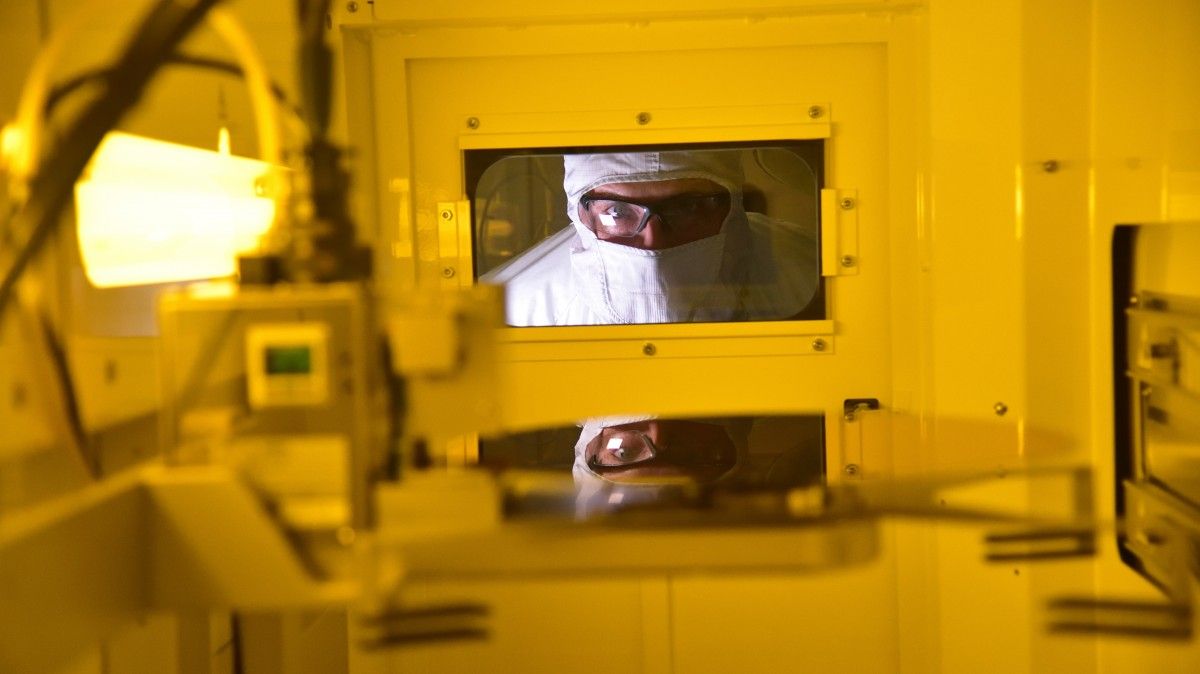Page 10101
Oct 12, 2017
A single floating wind farm could power the entire planet
Posted by Dan Kummer in categories: energy, engineering, sustainability
The Carnegie scientists, Anna Possner and Ken Caldeira, suspected that drag like this might be far lower over water than over land, particularly in mid-latitude oceans in both the Northern and Southern hemispheres. Why might that be? As Earth tilts away from the sun each autumn, jet stream-like rivers of air form high in the atmosphere. Over the open ocean, storms pull these strong winds down near the planet’s surface, replenishing the wind energy captured by turbines.
The effect might sound small, but it adds up. The scientists calculate that a wind farm in the middle of the North Atlantic would generate at least twice as much energy — and perhaps three times as much — as an identical wind farm in Kansas, itself one of the windiest states in the U.S. A wind farm roughly twice the size of Alaska could generate 18 million megawatts of electricity. That’s enough to meet the entire global demand today.
There are big practical challenges to building such a farm, including coping with extreme mid-ocean weather and transmitting the power back to shore. And by harvesting so much wind in the North Atlantic, a giant wind farm would reduce the output of onshore wind turbines in the U.K. and Western Europe — and reduce temperatures in the Arctic by more than 20 degrees. This might sound attractive at a time when polar ice is melting, but scientists worry about the unforeseen consequences of such geoengineering.
Continue reading “A single floating wind farm could power the entire planet” »
Oct 12, 2017
Scientists Have Found the Gene That Governs an Organism’s Waking Life
Posted by Shailesh Prasad in category: futurism
Humans have an internal clock that follows the day-night rhythm of Earth. Now, scientists have located the gene that governs this.
Oct 12, 2017
Scientists develop machine-learning method to predict the behavior of molecules
Posted by Shailesh Prasad in categories: information science, robotics/AI, solar power, sustainability
An international, interdisciplinary research team of scientists has come up with a machine-learning method that predicts molecular behavior, a breakthrough that can aid in the development of pharmaceuticals and the design of new molecules that can be used to enhance the performance of emerging battery technologies, solar cells, and digital displays.
The work appears in the journal Nature Communications.
“By identifying patterns in molecular behavior, the learning algorithm or ‘machine’ we created builds a knowledge base about atomic interactions within a molecule and then draws on that information to predict new phenomena,” explains New York University’s Mark Tuckerman, a professor of chemistry and mathematics and one of the paper’s primary authors.
Continue reading “Scientists develop machine-learning method to predict the behavior of molecules” »
Oct 12, 2017
The Multiverse Is Inevitable, And We’re Living In It
Posted by Sean Brazell in categories: cosmology, physics
Although it might not be observable, if our current theories of physics are correct, the multiverse must exist.
Oct 12, 2017
A European Astronomical Observatory is Announcing an “Unprecedented Discovery”
Posted by Ian Hale in category: space
Scientists working at the observatory have witnessed an astronomical phenomenon that has never been seen before. The details will be released next week.
Oct 12, 2017
Hallmarks of Aging: Genomic Instability
Posted by Steve Hill in categories: biotech/medical, life extension
We are doing a series of articles that discuss the Hallmarks of Aging. Published in 2013, this paper is highly regarded in academia and is one of the most cited papers in biology, with an average of being cited once every two days. The paper divides aging into distinct categories (“hallmarks”) of damage to explain how the aging process works and how it causes age-related diseases[1].
Today, we will be looking at one of the primary hallmarks, genomic instability.
Oct 12, 2017
Israel hacked Kaspersky, then tipped the NSA that its tools had been breached
Posted by John Gallagher in categories: cybercrime/malcode, government, privacy
Israel notified the NSA, where alarmed officials immediately began a hunt for the breach, according to people familiar with the matter, who said an investigation by the agency revealed that the tools were in the possession of the Russian government.
Israeli spies had found the hacking material on the network of Kaspersky Lab, the global anti-virus firm under a spotlight in the United States because of suspicions that its products facilitate Russian espionage.
Last month, the Department of Homeland Security instructed federal civilian agencies to identify Kaspersky Lab software on their networks and remove it on the grounds that “the risk that the Russian government, whether acting on its own or in collaboration with Kaspersky, could capitalize on access provided by Kaspersky products to compromise federal information and information systems directly implicates U.S. national security.” The directive followed a decision by the General Services Administration to remove Kaspersky from its list of approved vendors. And lawmakers on Capitol Hill are considering a governmentwide ban.
Continue reading “Israel hacked Kaspersky, then tipped the NSA that its tools had been breached” »
Oct 12, 2017
District 9 director Neill Blomkamp hopes game engines can democratize film
Posted by Derick Lee in categories: entertainment, media & arts, robotics/AI, transhumanism

This week, Neill Blomkamp, the Academy Award-nominated director of District 9, unveiled a short film that he made with the Unity Technologies game engine. At Unity’s event in Austin, Texas, Blomkamp’s Oats Studios showed off Adam: The Mirror, a 6-minute film that was a sequel to Adam, a short film that Unity built as an internally produced showcase demo last year.
Evoking the theme of transhumanism, or the notion that we can live beyond our physical bodies, the film shows an android coming to life and realizing that it was a human trapped in a robot’s body. The film was meant to show off the power of the Unity engine when it comes to making high-quality 3D graphics. But to Blomkamp, it’s also an example of how a game engine can help democratize film, making life easier for independent film makers just as Unity has done for indie game developers.
Continue reading “District 9 director Neill Blomkamp hopes game engines can democratize film” »
Oct 12, 2017
The quantum revolution is getting closer: Intel is manufacturing 17-qubit chips
Posted by Sean Cusack in categories: computing, quantum physics
Manufacturing will be key to quantum computing, but don’t throw out your current processor just yet.

















